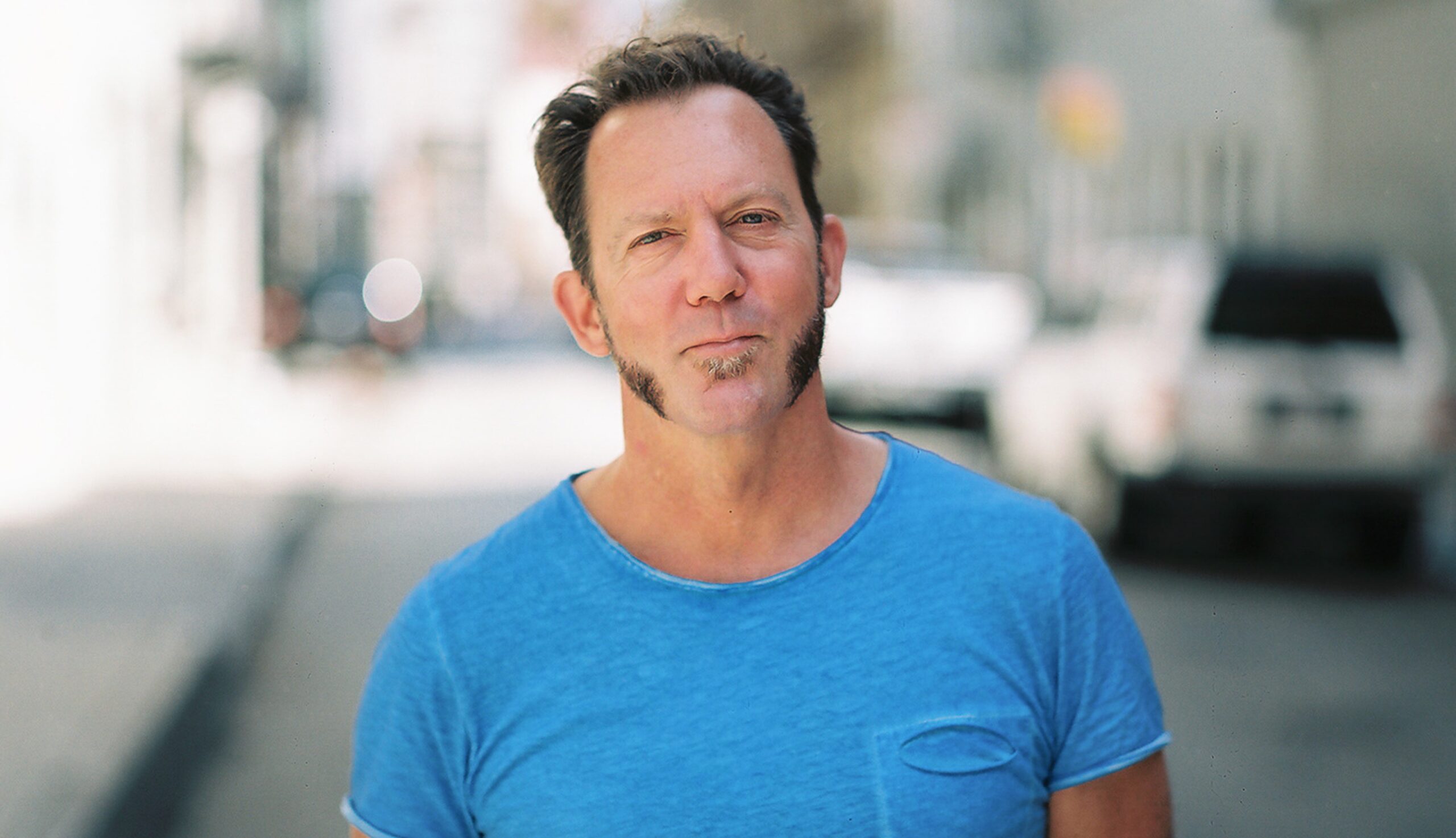We heard from Andrew Sullivan: long-time community member and a leading force behind Skybridge on Stevenson. Read on to learn more about the the story behind this celebrated local event series!
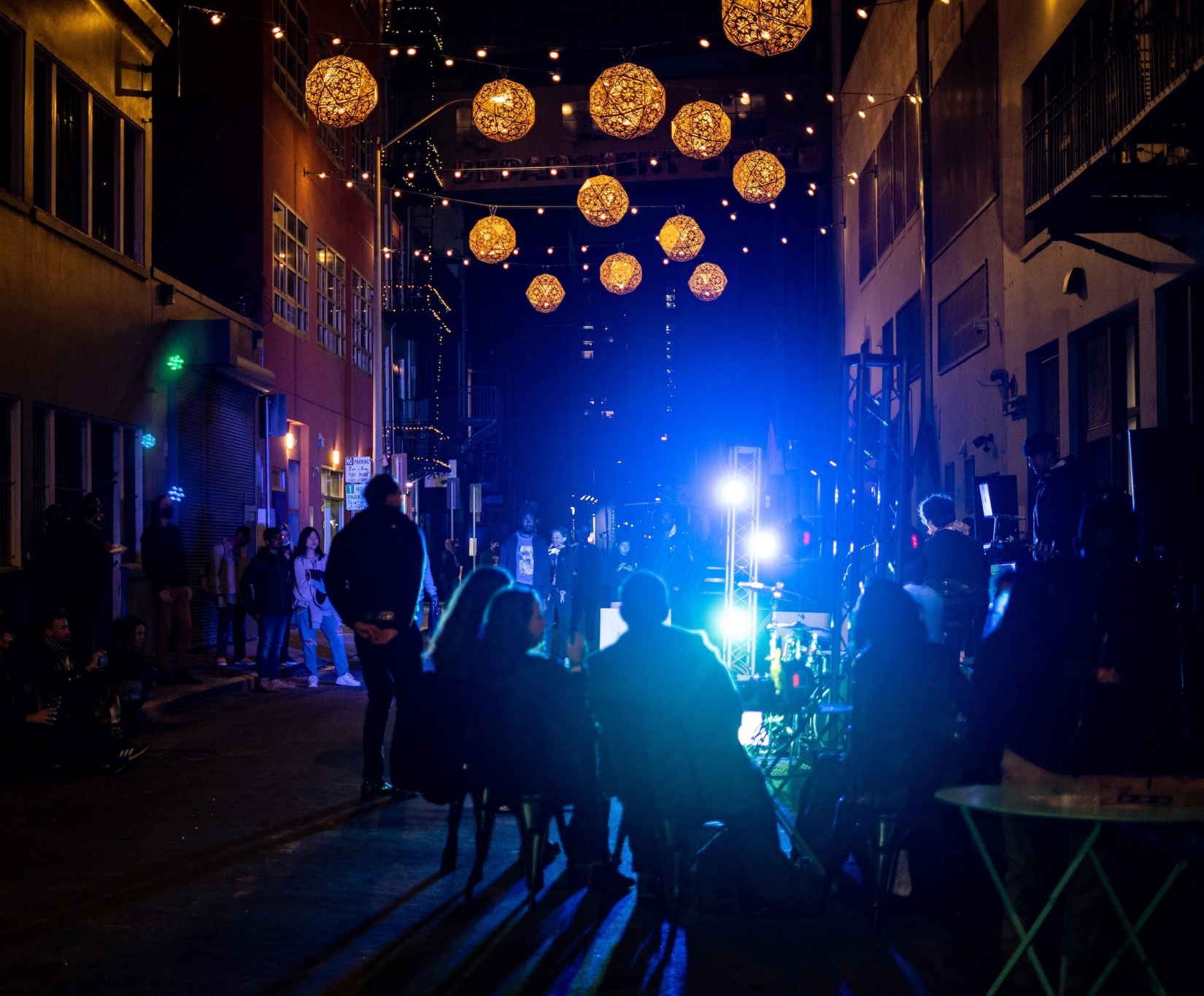
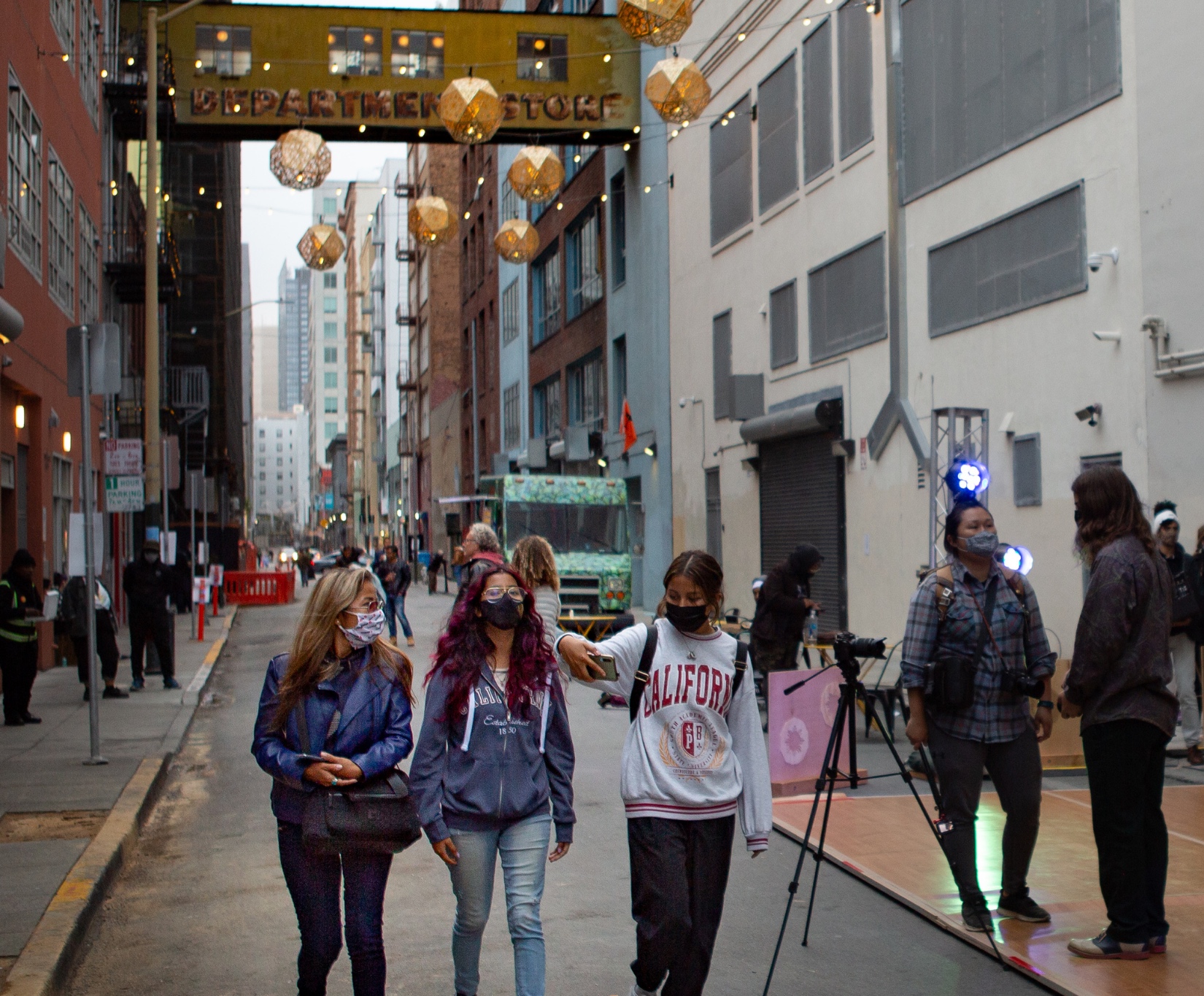
“When we moved in nearly 25 years ago, this block was rough. I spent a lot of time in the area and just kept wondering: how do you change the perception of a really difficult neighborhood without constant police presence?
There was a local resident who would have his coffee every day at this one spot on the block – a light post with a cement block around the base, so he could sit. That’s when I realized: there are no benches here. There’s nowhere for people to have even a moment of respite.
So I ended up hosting a series of lunchtime concerts in a nearby basketball court that SOMA Filipinas helped build. It was great! People sat down, listened to music and relaxed. Everyone respected the space.
Since then, it’s taken a combination of partners and funding to support the SkyBridge on Stevenson events. These weekly events created an experience that changed people’s perception of what’s possible on the street.”
“The goal was always to create something that brings people into the neighborhood, stimulates local business, changes the sense of what’s possible on the block, and has a multiplying effect.”
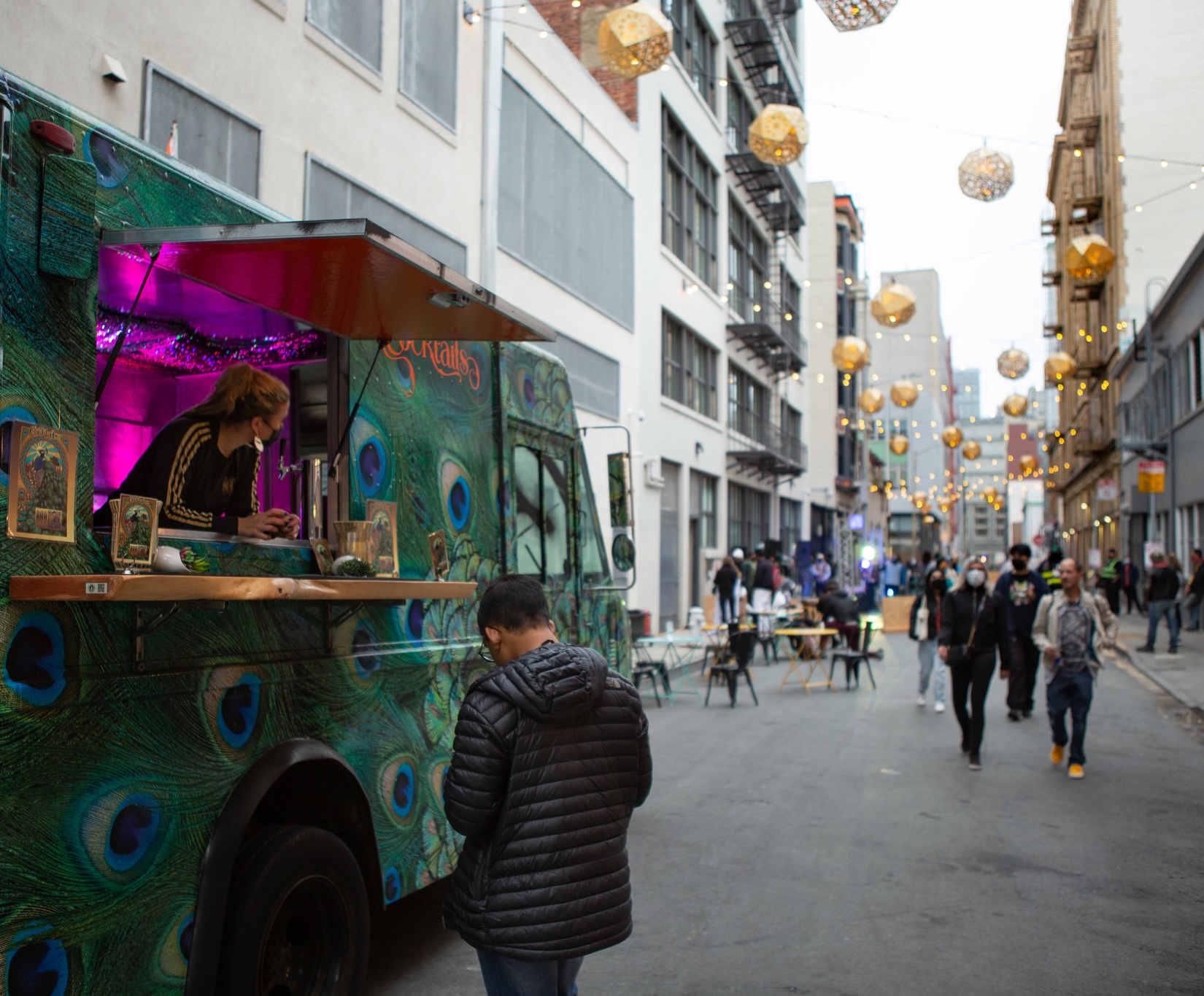
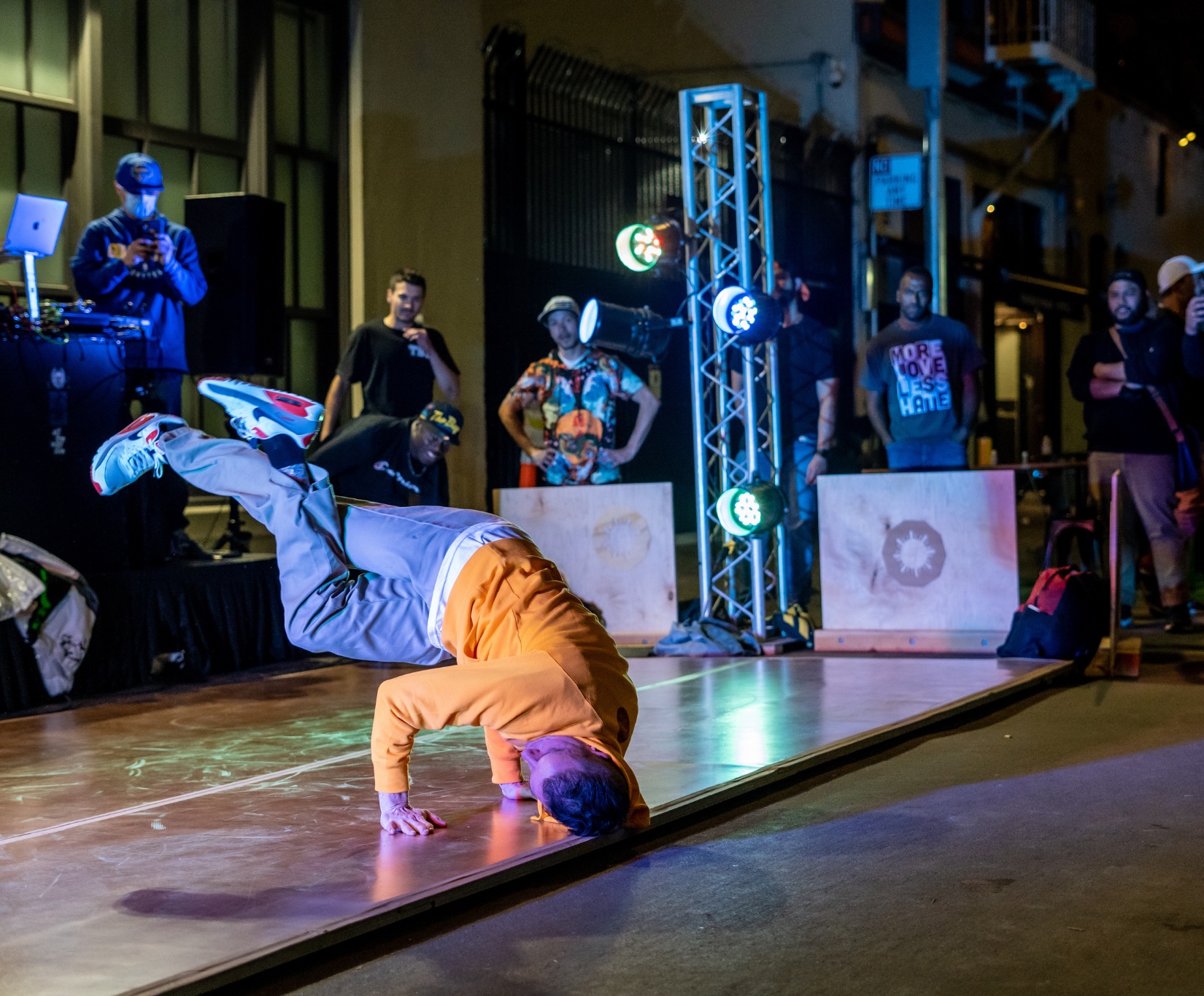
“Montesacro, the local business anchor on the block, even asked me if I could do the events three times a week because it had such a positive impact!
Throughout the project, our SF Parks Alliance project manager has been awesome. They helped us secure funding, managed the budget and were just a really good facilitator. If I had done this alone, I would have given up.
The most notable change from this project is that the block is safer. When you address street culture on blocks like Stevenson, you’re not just improving the experience for commuters who have to walk through the block – you’re improving it for everybody living in the area. You’re setting the foundation for something positive.
For those looking to start their own community project: try to understand what type of programming is relevant to your area and ask how it can draw on existing cultures.
Know that you don’t have to start out with a mega concept. The beauty of what we did is that it changed pretty dramatically over time. We learned and let our ideas evolve along the way. “

